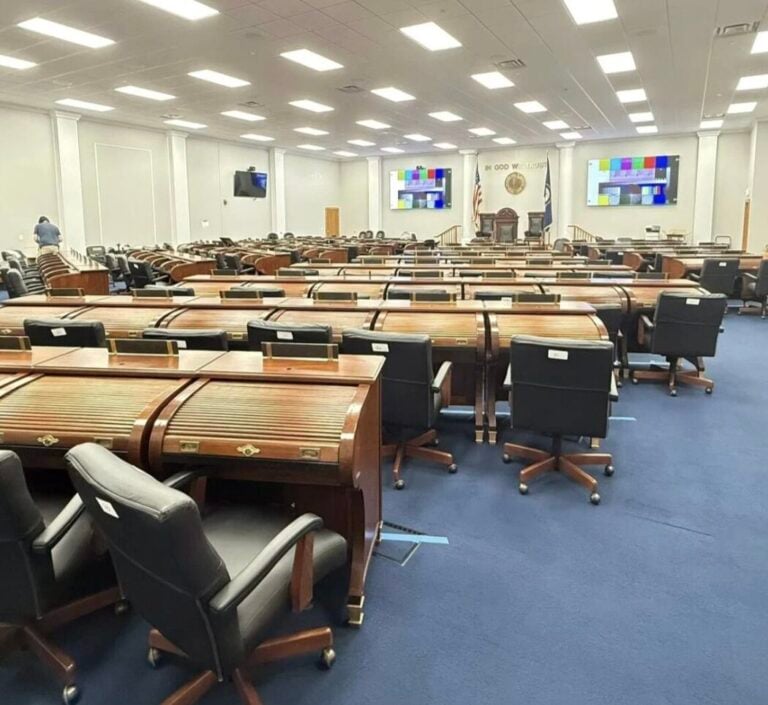The recently-passed, so-called “big beautiful bill” is a mammoth piece of budget and tax legislation, that impacts everyone in our nation. It is wide-ranging in its scope and effect.
I thought it might be useful to undertake an in-depth analysis of the bill’s provisions, to show more clearly is impacts on different groups in our country.
The total net cost of the bill is $3.4 trillion, which when combined with the interest generated by this addition to the national debt, results in a total net cost of $4.1 trillion.

Federal revenue is actually reduced $4.5 trillion, by making earlier tax cuts permanent and by adding new ones.
Federal spending is increased by $325 billion, for the military and for increased immigration enforcement.
Federal spending is reduced, however, by $1.4 trillion, through cuts to Medicaid, SNAP, and federal student loans.
It is helpful to break these numbers down to a more detailed level.
The tax cuts include previous individual rate cuts made permanent, costing $2.2 trillion. Doubling the standard deduction adds $1.4 trillion. Changes to the alternative minimum tax cost $1.4 trillion. Doubling the child tax credit adds $900 billion.
On the other hand, changes in the state and local tax (SALT) deduction reduce current benefits and bring in $950 billion. The elimination of personal exemptions brings in an additional $1.9 trillion.
New tax cuts include an assortment of business tax provisions costing $650 billion; the elimination of taxes on tips and overtime earnings, and the creation of a new senior tax deduction, totaling $250 billion; changes in the estate tax, affecting a small number of wealthy Americans, totaling over $200 billion; changes in the Premium tax credit eligibility adding almost $200 billion; and changes in clean energy provisions costing $650 billion.
Finally, there are reductions in previously approved federal spending totaling $1.4 trillion. The largest cut is to Medicaid, in the amount of $900 billion. This will result in 10-16 million people losing health care coverage. It will also cause hundreds of rural hospitals to close.
Cuts to the SNAP (food assistance) program total almost $200 billion. Those to the federal student loan program total over $300 billion.
As noted at the outset, there are widely varying opinions about the wisdom and fairness of this Act.
What is most clear is that very wealthy taxpayers benefit hugely. Middle class taxpayers benefit from the increased standard deduction, but lose from other provisions, for instance, cuts in clean energy benefits.
The biggest and most critical losses to lower and middle class taxpayers come from spending cuts.
As noted above. Medicaid cuts have generated the greatest controversy about the bill. The work requirement, coupled with administrative changes in how participants qualify, will result in millions of persons losing coverage.
The impact on rural hospitals is also quite controversial. Hundreds of them will close as a result of these cuts.
Cuts in SNAP have a similar impact. Millions will lose critically important food assistance. And millions of students will lose access to federal student loans and assistance in paying them back.
The authors of this legislation recognized that the Medicaid cuts would generate strong opposition to its passage. So their effective date was put off until after the 2026 midterm elections.
Only time will reveal the total impact of this legislation. On its face it obviously feeds the growing income inequality that has characterized our social and economic structures. But more important than the trillions it provides to the wealthiest among us, are the losses in food, education and health care to the poorest among us.
This is a metaphor for the moral choices facing America in this most difficult time. It remains to be seen how they will resolve.
Col Owens is a retired legal aid attorney and law professor, author of Bending the Arc Toward Justice, longtime Democratic Party activist, and member of the Boards of Directors of Gateway Community and Technical College and the Kentucky Board of Elections.

















